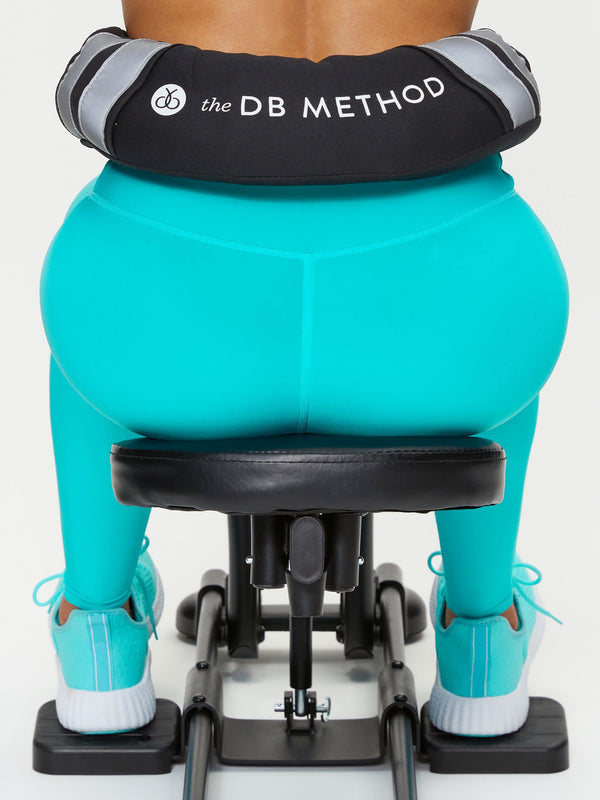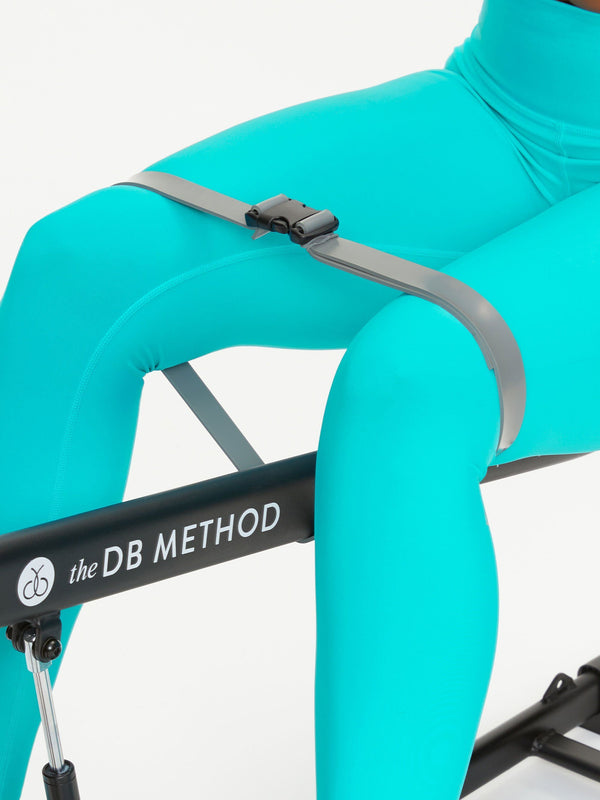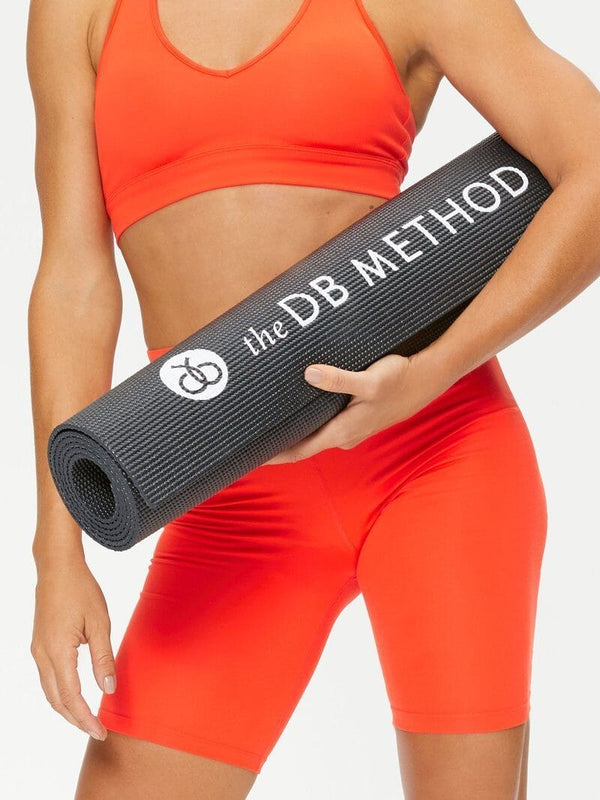An isometric exercise is any exercise that utilizes static positions. Although your muscles tighten, they don’t change in size or length. Because the muscles remain at the same length vs. vs. concentrically shortening or eccentrically lengthening, these exercises are named isometric. And these movements can be done anytime, anywhere, and don’t require you to bend, lift, or get on the floor, unless you want to.
Just like exercises that require a lot of movement, you can use isometric exercises to build strength, increase your endurance, and work to relieve your lower back pain, knee osteoarthritis, and neck pain. Best of all you don’t need a lot of room since they are stationary.
This makes them perfect for the office, a hotel room, or even just waiting in a long line. And isometrics are popular in physical therapy because they allow you to work the affected muscles without putting too much stress on your joints or problem areas.
But these exercises aren’t for everyone who is in physical therapy or in recovery. If you have an acute injury like a sprained ankle or pulled muscle, you’ll want to wait until you are fully healed to avoid the risk of further injury. And it’s always a good idea to talk to your doctor before starting any new exercise program.
If it sounds like isometric exercises are for you, here’s a few beginner moves you can use to get started.
Plank
If you’re short on time, and your goals are better posture, a strong core, and for a full body workout, planks are the exercise for you. The muscles of your core, arms, and legs work together to maintain a rigid position (without moving your limbs) that strengthens each of these muscle groups at the same time. This is one of the reasons planks are the go-to isometric exercise for trainers and enthusiasts.
- Start in a push-up position with your hands shoulder width apart, and your body in a straight line from your head to heels.
- Tighten your core and glutes to keep your body stable.
- Hold for 20-60 seconds keeping your body in a straight line and your hips level.
- Lower your body down to the floor.
Pro-tip: If you are a beginner, start on your forearms instead of your hands.
Low Squat
Low squats are an option if you have tight hips or knees that need more flexibility, or for older adults that want to decrease their risk of falling. By holding yourself in the bottom position of the squat, the muscles of your legs, hips, and lower back work to maintain your balance and help to provide the benefits above.
- Stand with your feet slightly more than hip width apart.
- Slowly push your hips back into a sitting position while bending your knees.
- Lower yourself down as far as you can.
- The ideal position is for your butt to be slightly below knee level.
- Hold for 10–30 seconds.
- Return to the starting position.
If you are struggling to hold form, or balance, start with a squat machine like ours. By using the machine, you’ll be training your body to build strength and mobility while doing bilateral movements like a squat, and you can always increase resistance as your athletic skills develop.
Glute Bridge
Glute bridges engage your glutes, abs, lower back and hamstrings. They’re a solid option for tightening, toning and working these problem areas. By working your core muscles and upper legs, you’ll be fine tuning your body for everyday activities like walking and endurance for sports.
- Lie on your back with your knees bent, your feet flat on the floor, and your arms at your sides with your palms facing down.
- Lift your hips up towards the ceiling, keeping your feet, shoulders, and head on the floor.
- Hold the top position for 5-10 seconds while you focus on squeezing your glutes at the top position.
- Lower your hips back down to the starting position.
Bent-Over Press Against Wall
Bent-over press against the wall engaged the front of your body including your chest, triceps and shoulders. It is similar to doing pushups, and you’ll get some of the same benefits, but a less intense version.
- Start in a low lunge position.
- Put your hands on a wall at about chest level.
- Lean into the wall, push, and hold for 10 seconds.
- The farther down you bend, the more you target your shoulders.
- The more upright you stay, you’ll target your chest.
Prayer Pose
If you're looking for a low impact exercise to target your upper body, the prayer pose is it. During the prayer pose, the muscles of your shoulders, chest, arms, and upper back are engaged to improve your posture and strengthen your shoulders, upper back, neck, and even your triceps and biceps as you reach overhead.
- Stand with your feet hip width apart facing forward.
- Push your palms together in front of your chest with your fingers pointing towards the sky.
- Keep your arms straight and lift your hands overhead until your palms are directly above your head.
- Hold the pose for 10 seconds feeling the stretch in your shoulders, chest, and arms.
- Slowly lower your arms back to your sides.
Isometric exercises are a great solution for people limited on space, time, or who are recovering from an injury. And each of the options above can be modified to match your fitness level. If you’d like more tips like these, subscribe to our blog below.








